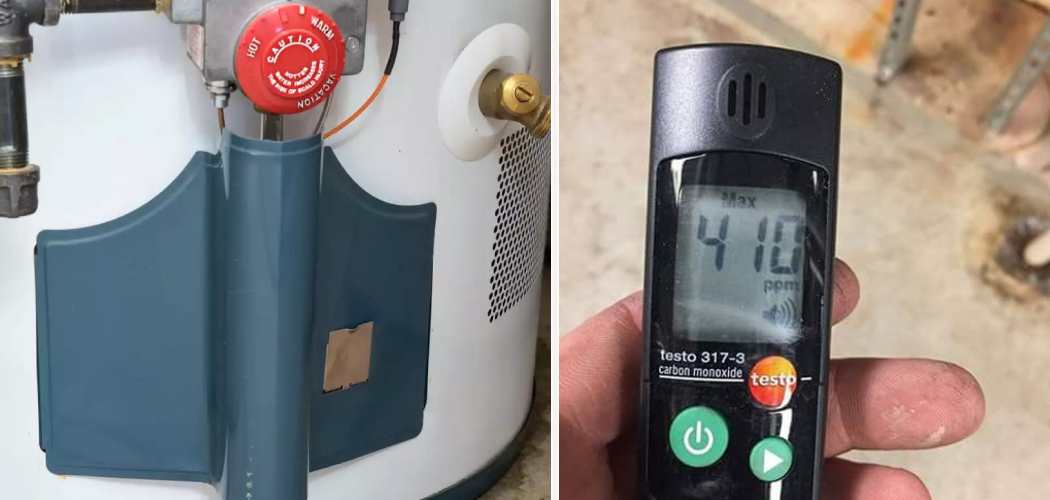Each time you use hot water in your home, have you ever stopped to think about potential dangers lurking beneath the surface? Carbon monoxide is an odorless and colorless gas that is particularly dangerous when it comes to water heaters. While carbon monoxide poisoning typically occurs from natural gas furnaces, it can also be produced by a malfunctioning or improperly installed water heater.
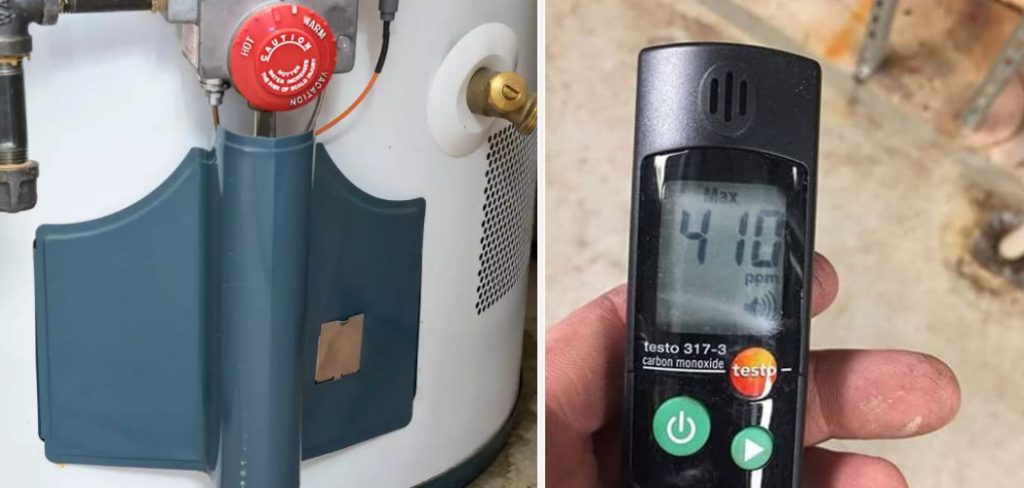
So if you’re concerned about protecting yourself and your family from this deadly toxin, then learning how to check for carbon monoxide coming from your hot water heater should become part of your regular home maintenance routine. In this blog post, we’ll provide simple steps on how to check water heater for carbon monoxide for both traditional storage tanks and tankless water heaters. Keep reading if you want to learn more!
Why Checking Water Heater for Carbon Monoxide is Important
Carbon monoxide is a poisonous gas that can cause serious health problems, including death. It’s often referred to as the “silent killer” because it can’t be seen or smelled in most cases. In addition to water heaters, carbon monoxide can be produced by burning gas furnaces, fireplaces, and other appliances.
When checking the water heater for carbon monoxide, the most important thing to remember is that it’s essential to take safety precautions. It’s best to hire a professional if you’re in any way unsure of how to proceed.
Required Items
Before you can check the water heater for carbon monoxide, you’ll need to gather some items. These include:
- Carbon monoxide detector
- Safety goggles
- Flashlight
- Dust mask
10 Tips on How to Check Water Heater for Carbon Monoxide
1. Turn Off the Power
Start by turning off the power to the water heater. This is important for safety reasons. Keep in mind that you’ll need to turn the power back on after completing your inspection. It will also help to open any windows or doors to ensure proper ventilation.
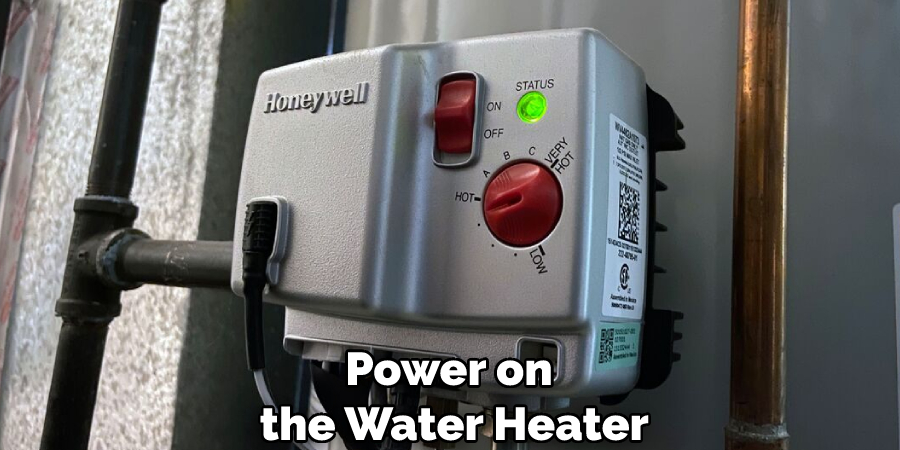
2. Visually Inspect the Unit
Using a flashlight and safety goggles, visually inspect the unit for any signs of corrosion, rust, or other damage. Pay particular attention to the pipes and connections leading into and out of the water heater. If you notice any issues, it’s best to contact a professional for further inspection.
3. Listen for Strange Noises
Listen carefully for any strange or unfamiliar noises coming from the water heater. This could be an indication of something wrong with the unit. If you hear anything, shut off the power immediately and call a technician to investigate further.
4. Check the Pilot Light
If you have a traditional storage-tank water heater, check the pilot light to ensure it’s burning correctly. If it’s not burning bright blue, this could be an indication of carbon monoxide present in the unit. Make sure to contact a technician if this is the case.
5. Inspect Venting System
Check the venting system of your water heater to ensure it’s in good condition. If you notice any cracks, gaps, or holes in the piping, this could mean carbon monoxide is leaking from the unit. Contact a technician for further inspection and repair.
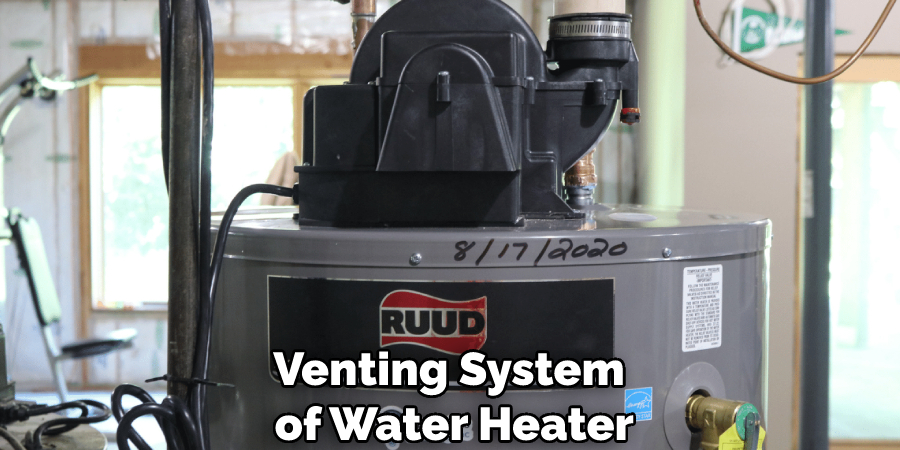
6. Perform Regular Maintenance
Performing regular maintenance on your water heater is an important step in ensuring it’s running safely and efficiently. This includes checking for sediment build-up, inspecting the temperature/pressure valve, and more. It’s best to check your water heater once a year or every other year, depending on usage.
7. Install a Carbon Monoxide Detector
The best way to check for carbon monoxide is to install a carbon monoxide detector in the same area as your water heater. This will alert you if there are high levels of carbon monoxide present and can help prevent any potential health risks for yourself and your family.
8. Contact a Professional
If you’re at all unsure about how to check water heater for carbon monoxide, contact a professional for help. They can provide an in-depth inspection to ensure your water heater is running safely and efficiently.
9. Test the Gas Pressure
If you have a tankless water heater, test the gas pressure regularly to make sure it’s within range. Low gas pressure can lead to carbon monoxide build-up, so it’s important to make sure this is always within acceptable limits.
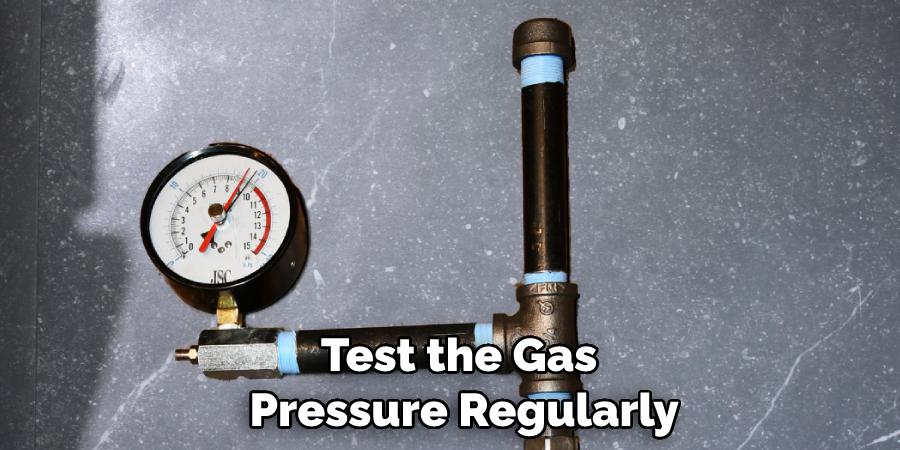
10. Replace the Water Heater
If you notice any major issues or if your water heater is more than a decade old, it may be time to replace it. Investing in a new water heater can help ensure your family’s safety and keep your energy bills low.
These are just a few tips on how to check water heater for carbon monoxide. Make sure to follow all safety protocols and contact a professional if you’re unsure about anything. Doing so may help save your life!
8 Safety Precautions
1. Wear protective clothing and safety gear when checking the water heater. This includes safety goggles, dust masks, gloves, and long-sleeved shirts. Don’t forget to shut off the
2. Regularly check the air around your water heater for signs of carbon monoxide. Install a carbon monoxide detector near your water heater if you don’t already have one.
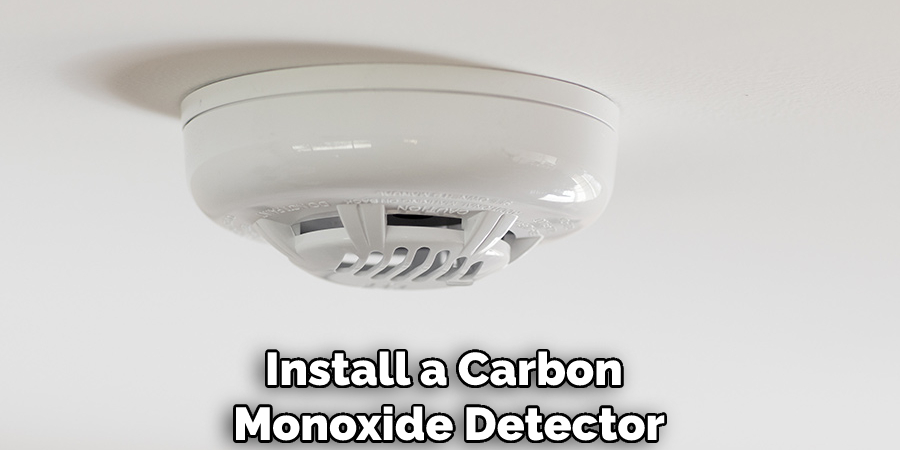
3. Make sure that all of the venting and exhaust systems leading from your water heater are in good working condition and don’t have any signs of damage or corrosion.
4. Inspect your water heater for corrosion or rust, and contact a professional if you notice any major issues. Water heater leaks can cause dangerous levels of carbon monoxide.
5. Have your water heater inspected for carbon monoxide at least once a year by a qualified professional. It will help ensure your safety and the efficiency of the unit.
6. Perform regular maintenance on your water heater, such as checking for sediment build-up or inspecting the temperature/pressure valve. Keep in mind that these tasks can be dangerous, so it’s best to hire a trained professional.
7. Make sure the gas pressure of your tankless water heater is within the acceptable range. Low gas pressure can lead to an increase in carbon monoxide build-up. Carbon monoxide is a deadly gas, and you don’t want to take any chances.
8. If your water heater is more than 10 years old or shows signs of major damage, it may be time to replace it. Investing in a new water heater can help ensure your family’s safety and keep your energy bills low.
Following these tips on how to check water heater for carbon monoxide can help keep you and your family safe. Make sure to always use caution and contact a professional if you’re unsure about any steps. Doing so may save your life!
8 Maintenance Tips to Avoid Carbon Monoxide
1. Check your water heater for any visible signs of damage or rust. If you observe any, it is important to have it serviced by a qualified professional before using the unit. Damage can lead to the release of carbon monoxide.
2. Make sure your water heater is connected to a properly installed and maintained venting system. This will help ensure the safe, efficient operation of your unit and avoid any dangerous carbon monoxide buildup.
3. Regularly inspect the vents and flues for cracks, corrosion, or rust. If these are present, it is important to have them repaired or replaced as soon as possible. Regular maintenance will help reduce the risk of carbon monoxide leaks.
4. Make sure that your water heater is installed in an area with sufficient ventilation and away from living areas or bedrooms. This will help to ensure that any carbon monoxide released, if any, is quickly dispersed.
5. Have your water heater serviced regularly by a qualified professional. They will be able to perform any necessary repairs and inspections needed to keep your unit running safely and efficiently.
6. Install a carbon monoxide detector near the water heater, as well as in other areas of the home where it could be present. It is important to regularly check that your detectors are functioning properly and replace them when needed.
7. Test your water heater’s fuel source regularly to ensure that it is not leaking any carbon monoxide. If you suspect a leak, contact an experienced technician immediately to investigate the issue.
8. Make sure that all combustible materials, such as furniture, curtains, and rugs, are at least three feet away from your water heater. This will help to ensure that any potential leaks are quickly detected and avoided.
Conclusion
Checking your water heater for Carbon Monoxide is essential for the well-being of you and your family. Turning off the gas, smelling for unusual odors, checking the vent flues, and looking out for signs of rust are just some of the steps that you can take to make sure that your water heater is functioning correctly.
If, after taking all of these steps on how to check water heater for carbon monoxide, you still smell any type of strange odor coming from your water heater, call a professional right away. Additionally, be sure to check in frequently on things such as the condition of the pilot light, thermocouple, and burner assembly – not doing so could result in unhealthy levels of Carbon Monoxide. Taking all of these precautions will ensure that using your water heater is safe and comfortable during every season!

